A Stash of 30 Hidden Bayonets Was Discovered in Valley Forge
“No one has ever found this many together.”
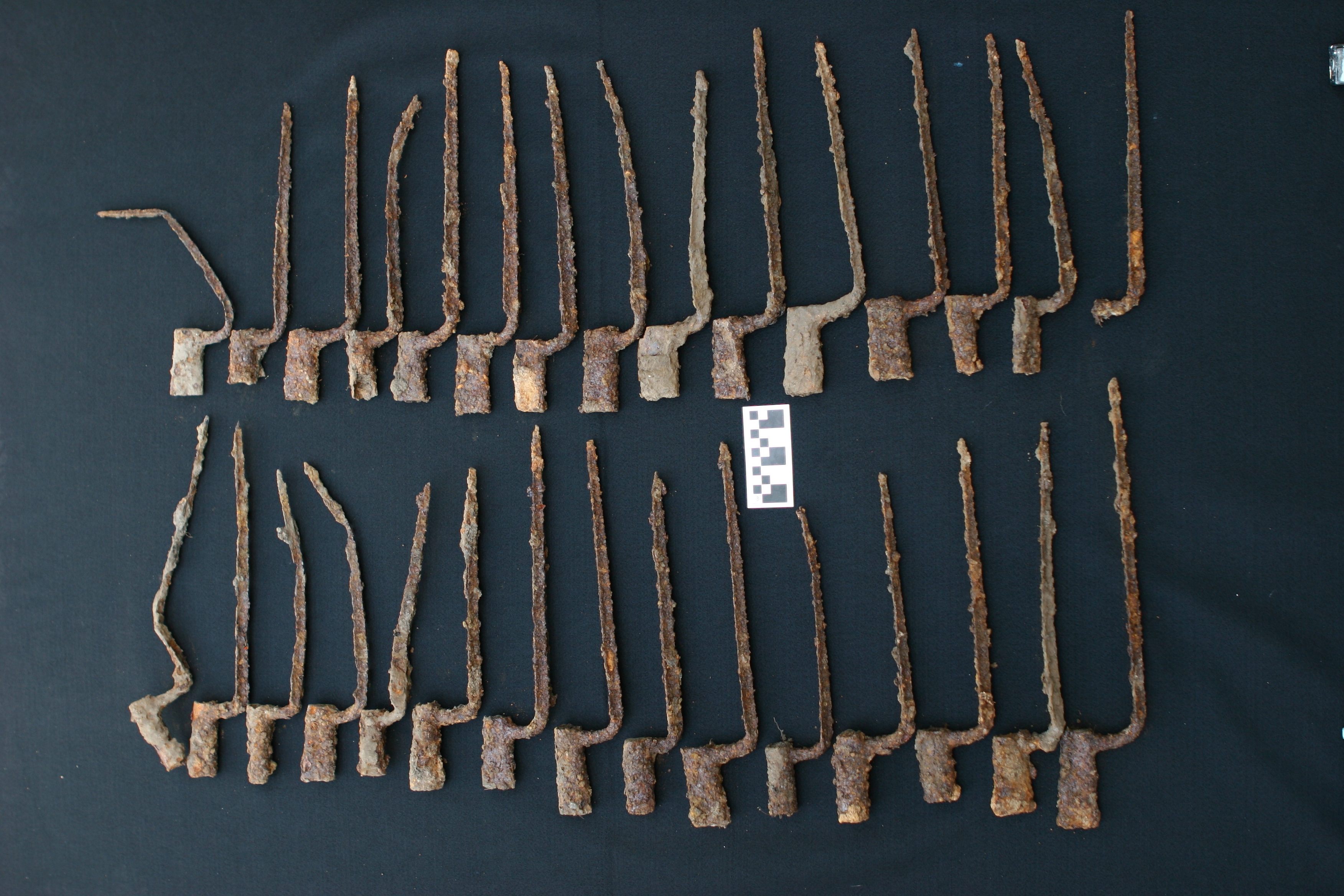
On the last day of an archaeological project near Valley Forge National Park in southeastern Pennsylvania, Dan Sivilich told his team not to expect to find a whole lot. Sivilich’s group, the Battlefield Restoration & Archaeological Volunteer Organization (BRAVO), had spent years helping archaeologists scour the site for artifacts. He figured there would be little left to find.
Quickly, one of the volunteers, who use metal detectors to locate artifacts and guide excavations, located a nine-pound cannonball hidden underneath a walking path. “He was so excited,” says Sivilich. “But he was the man of the day for about five minutes.” Bill Hermstedt, a long-time volunteer and charter member of BRAVO, also found something new—a bayonet. And then another. The signal from the detector told him that there was a lot more metal down there.
When archaeologists methodically opened the ground, they found a cache of 30 bayonets, stacked together—a remarkable find for a Revolutionary War encampment.

“I haven’t seen anything else like it in a single excavation. It looked like someone had dug a hole in the ground and threw them in there,” says Jesse West-Rosenthal, a Ph.D. candidate in archaeology at Temple University, who worked on the site and is writing his dissertation on the discoveries there. “It’s rare that you find large collections of intact material, especially something like weaponry. … To find this grouping of artifacts in one feature—someone putting a hole in the ground and putting the bayonets in the hole—it seems to be pretty unique.”
As Sivilich puts it, “No one has ever found this many together.”

The site where the bayonets were found is on private property outside the park, but it was once part of the encampment where the Continental Army famously spent a hard winter from December 1777 to June 1778. In such camps, no valuable material could be wasted, so archaeologists usually find just bits and pieces of objects or evidence of materials being reused. Viable weapons didn’t just get buried and left behind.
The bayonets were of various makes and manufactures, reflecting the army’s hodgepodge state. More than two years into the war, George Washington’s army was still cobbled together, a mishmash of militias who supplied their own materials and weapons. The bayonets also show evidence of modification—someone had tried to fit them to muskets they weren’t intended for. (At the time, bayonets and muskets were designed to go together, so a British bayonet would not fit a French musket.)
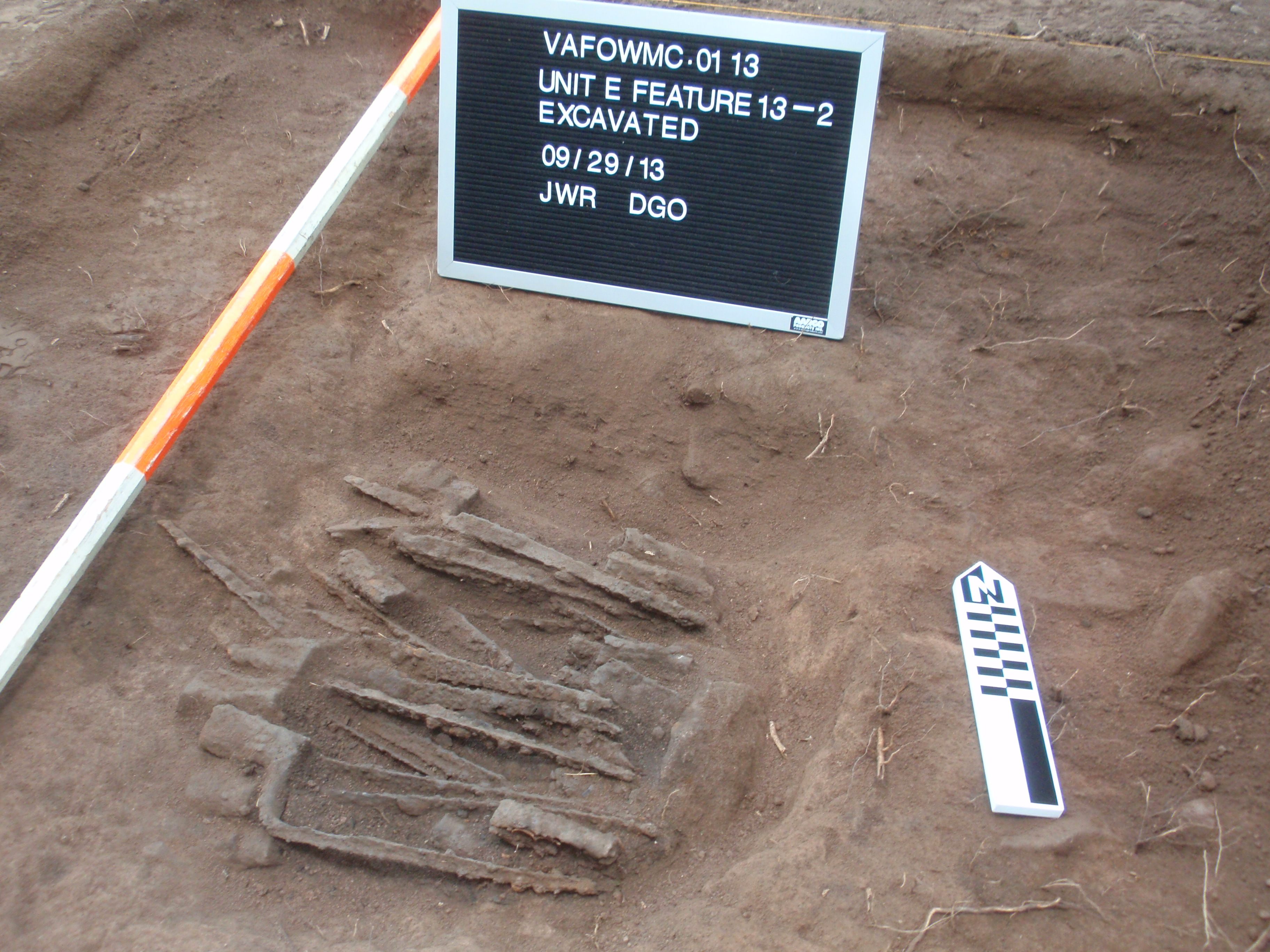
But the winter that the Continental Army spent in Valley Forge marked a turning point in its organization. The American states signed a treaty with France, who started to supply the revolutionaries with weapons, and the Prussian drillmaster Baron von Steuben began training the soldiers in a more uniform way. “It’s very possible that this was a discarded collection of materials that may have been replaced by new, more formalized weaponry coming, especially as France starts to supply the army,” says West-Rosenthal.
Though the bayonets stand out among the artifacts discovered at this site, the archaeologists and BRAVO volunteers made other intriguing finds there as well. There was a musket ball that had been turned into a die with Roman numerals on its faces, and a particularly rare U.S.A. uniform button featuring stylized lettering and the year 1777. Only a handful of other such buttons have been found in the archaeological record.
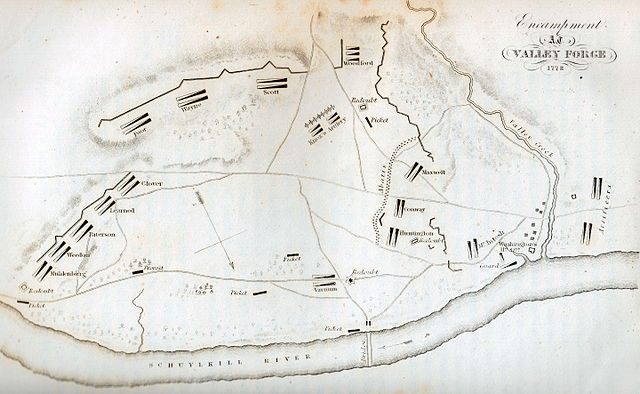
“There was something going on at this point in the time, this formation of the army, that they felt the need to memorialize it in the visual representation of their uniform,” says West-Rosenthal. “It speaks volumes to this turning point in the war that was Valley Forge.” As an archaeologist, he’s particularly interested in the experience of soldiers—a “bottom-up” view, rather than the “top-down” approach focusing on Washington and other leaders. And while battlefields only represent a few (very intense) hours, encampment sites from the Revolutionary War represent months of difficult army life. Valley Forge, West-Rosenthal says, “is a very tightly dated snapshot in time of six months in American history.”
How the bayonets change the understanding of that six months isn’t fully clear. It seems that someone hid them in the ground or disposed of them deliberately. When the army moved on, the men had little time to pack up, so perhaps the man who left the bayonets behind intended to come back for them. For some reason, he never did.
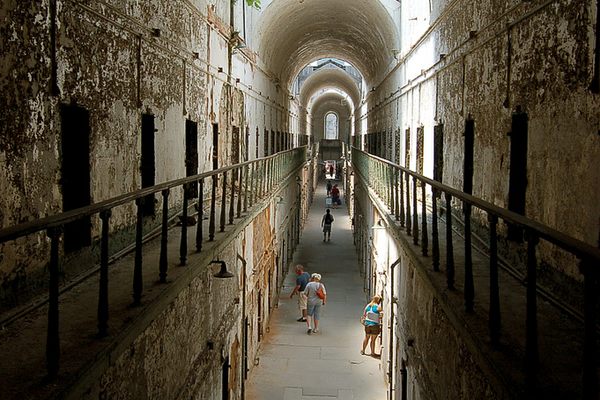



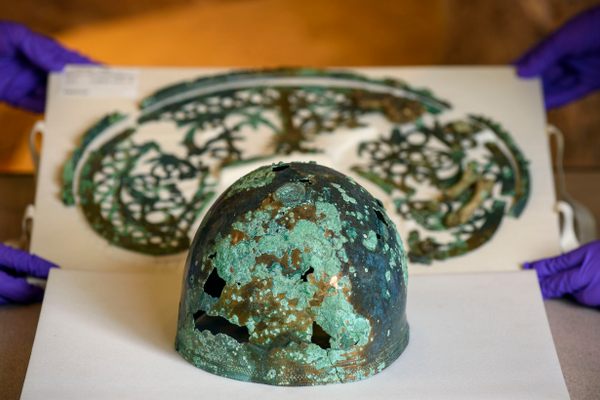












Follow us on Twitter to get the latest on the world's hidden wonders.
Like us on Facebook to get the latest on the world's hidden wonders.
Follow us on Twitter Like us on Facebook